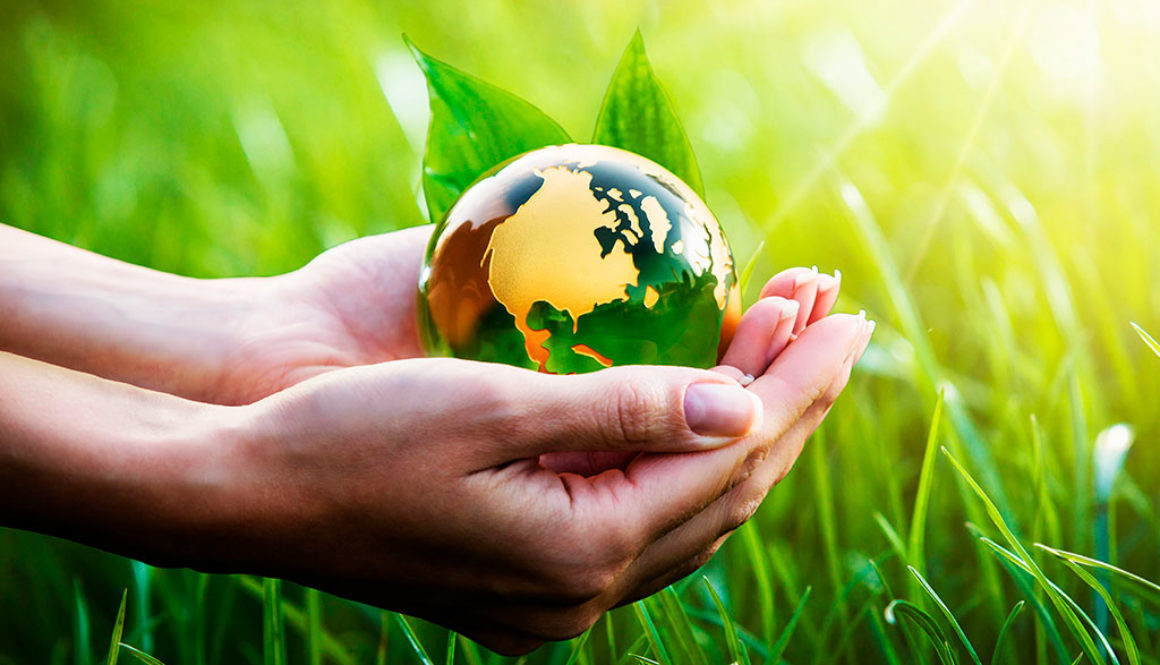The European Commission approves the new circular economy plan for sustainable growth
The European Commission approved yesterday a new Action Plan for the Circular EconomyEconomy - one of the main components of the European Green PactEurope's new program for sustainable growth. With measures throughout the product life cycle, the new Action Plan aims at making the European economy fit into a greener future, strengthen competitiveness while protecting the environment and granting consumers with new rights. Building on the work done since 2015, the new Plan focuses on a circular-economy-oriented design and production, aiming at ensuring that the resources used are kept in the EU economy as long as possible. The plan and the initiatives it contains will be developed with a close participation of the business community and stakeholders.
The transition to a circular economy is already on its way, and Europe's leading companies, consumers and public authorities are already embracing this sustainable model. The Commission will ensure that the transition to the circular economy offers opportunities for them all, without leaving anyone behind. The Action Plan for the Circular Economy launched yesterday as part of the EU Industrial Strategy presents measures to:
- Make sustainable products to become the norm in the EUThe Commission will propose legislation on the Sustainable Products Policy, to ensure that products marketed in the EU are designed to last longer, are easier to reuse, repair and recycle, and incorporate recycled material, as long as possible. Single use will be restricted, premature obsolescence will be dealt with and the destruction of unsold durable goods will be banned.
- Empower consumers.Consumers will have access to reliable information on issues such as the repairability and durability of products to help them make environmentally sustainable decisions. Consumers will make benefit out of a real "Right to reparation".
- Focus on the sectors that use the highest quantity of resources and where the potential for circularity is also high.The Commission will launch specific actions on:
- Electronics and ICT – a "Circular Electronics Initiative" to have a longer product life, and to improve the collection and treatment of waste.
- Batteries and vehicles – a new regulatory framework for batteries to improve sustainability and increase the circular potential of batteries.
- Packaging – new mandatory requirements on what is allowed in the EU market, including the reduction of (over) packaging.
- Plastics – new mandatory requirements for recycled content, with a special attention to microplastics as well as biological and biodegradable plastics.
- Textile – a new EU strategy for textile aiming at competitiveness and innovation in the sector and boosting the EU market for the reuse of textiles.
- Construction and building – a comprehensive strategy for a sustainably built environment that promotes the principles of circularity for buildings.
- Food and Beverage – a new legislative initiative on reusing, to replace single-use containers, tableware and cutlery by reusable products in food services.
- Ensuring less waste.The focus will be on avoiding waste entirely and transforming it into high-quality secondary resources that benefit from the smooth operation of the secondary raw materials market. The Commission will study the possibility of establishing a harmonized model at EU level for selective waste collection and labelling. The Action Plan also proposes a series of measures to minimize waste exports from the EU and face illegal shipments.
Executive Vice President for the European Green Pact, Frans Timmermans, said: “To achieve climate neutrality by 2050, preserve our natural environment and strengthen our economic competitiveness, a fully circular economy is required. Today, our economy is still largely linear, and only 12% of secondary materials and resources are returned to the economyMany products break down too easily, cannot be reused, repaired, or recycled, or are made for single use only. There is an enormous potential to be used by both businesses and consumers. With today's plan, we take measures to transform the way products are manufactured and empower consumers to make sustainable decisions for their own benefit and for the environment’s one. ”
In addition, the Commissioner for the Environment, Oceans and Fisheries, Virginijus Sinkevičius, stated: “We only have one Earth, and yet in 2050 we will be consuming as if we had three of them. The new Plan will make of circularity the mainstream of our lives and will accelerate the green transition of our economy. We offer decisive action to change the top of the sustainability chain: product designFuture-oriented actions will create business and employment opportunities, give European consumers new rights, take advantage of innovation and digitization and, like nature, ensure that nothing is wasted."
PRECONDITION FOR CLIMATE NEUTRALITY
The European Green Pact, presented by the Von Der Leyen Commission on December 11, 2019, establishes an ambitious roadmap towards a climate-neutral circular economy, in which economic growth is unlinked from the use of resources. A circular economy reduces the pressure on natural resources and is a precondition for achieving the climate neutrality target by 2050 and halting the loss of biodiversity. Half of total greenhouse gas emissions and over 90% of biodiversity loss and water stress come from resource extraction and processing.
The circular economy will have net positive benefits in terms of GDP growth and job creation, as the implementation of ambitious circular economy measures in Europe can increase EU GDP by an additional 0.5% by 2030 creating around 700,000 new job positions..
Source: Residuos Profesional

